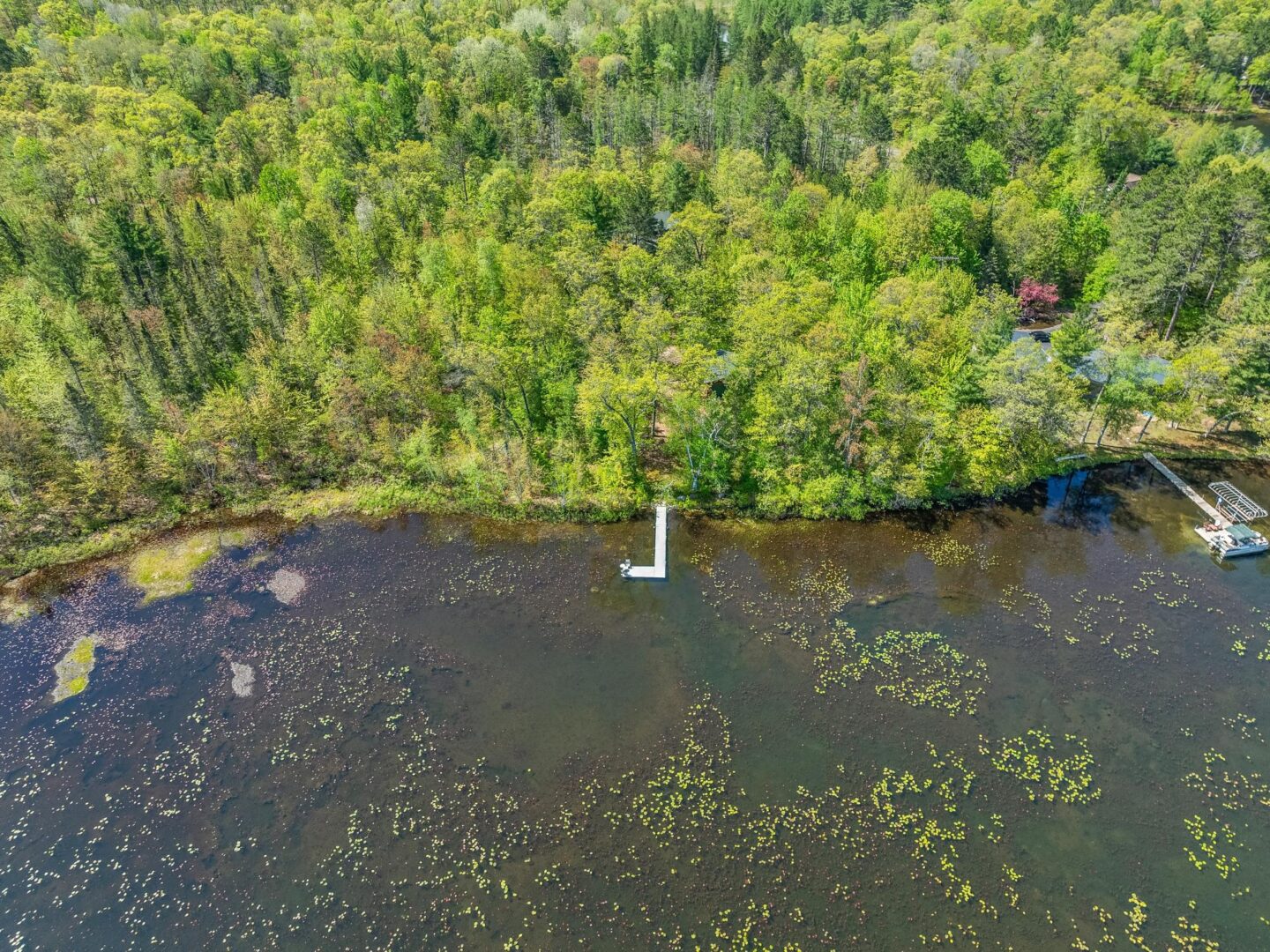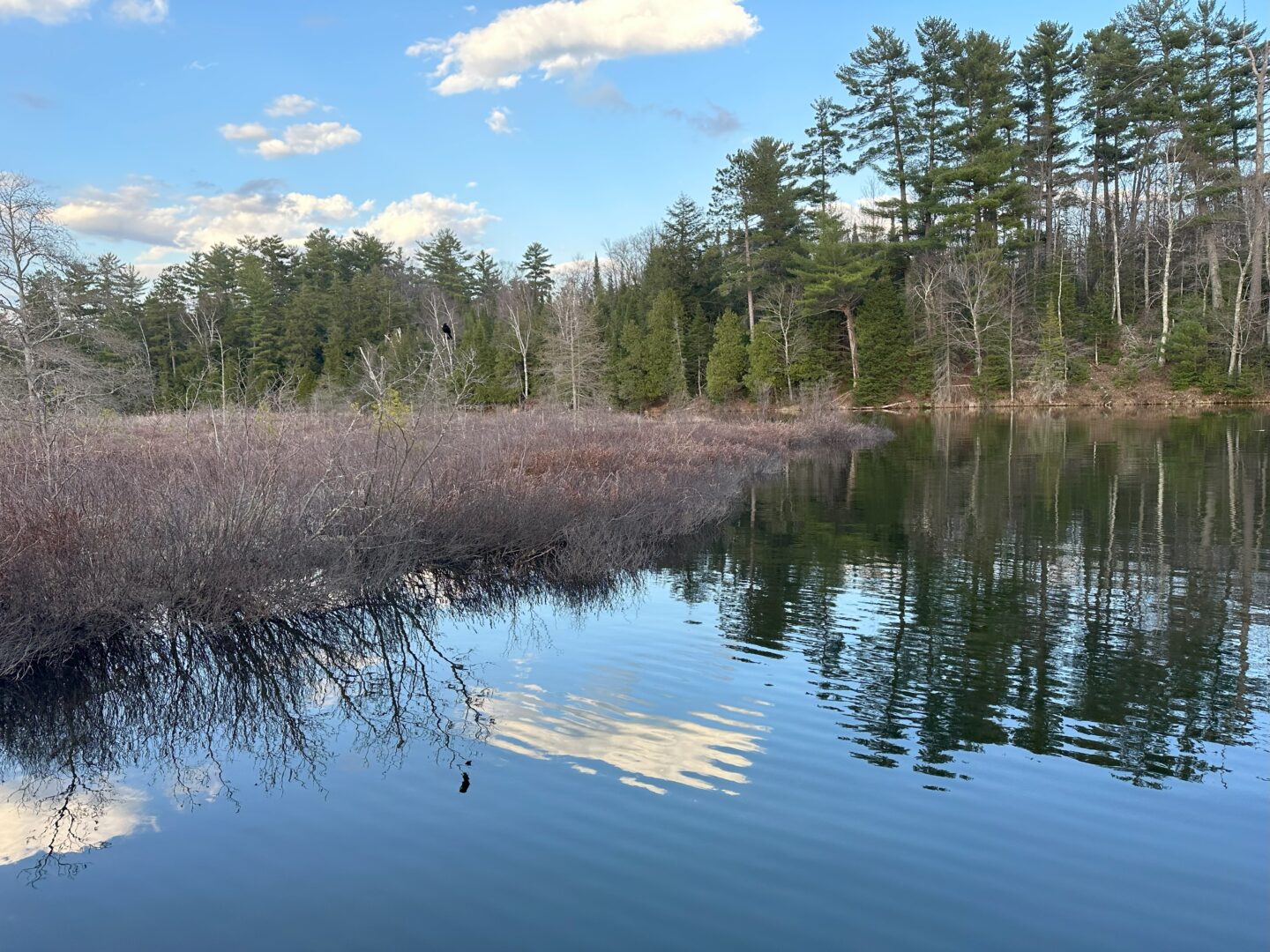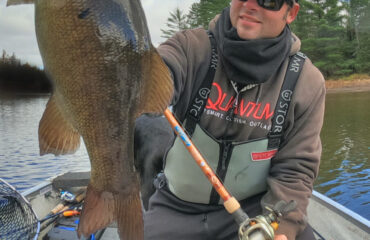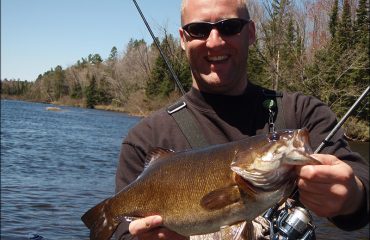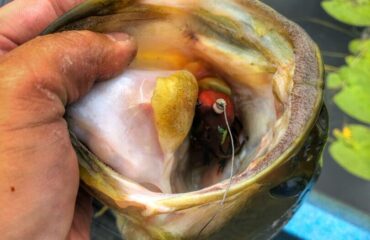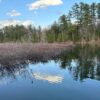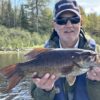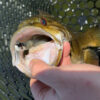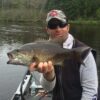The Best Early Season Largemouth Fisheries
Where to go and what to do in early spring is a calculation, as not every lake is created equally or operates the same.
Look closely through aerial maps, and study the charts and contours of waters that could be your potential early season fishing targets. Pay close attention to the layout of them, its depths, available near-shore habitats, inflows or outflows (if any), and any shallow bays and lake sections that are located aways away from chilly main lake basins. If a largemouth fishery has any combination of these criteria, that’s a destination I will want to visit these next few weeks.
A variety of lake types litter across Wisconsin’s landscape, ranging from seepage, drainage, spring, impoundment lakes, and more.
Of all that are available, two of them are renowned for their abilities to warm quickly and draw largemouths into their abundance of shallow water areas and habitats.
![]()
Drainage Lakes
My favorite spring largemouth fisheries are drainage lakes. These come in every shape and size. Some of the bigger lake chains and systems in the region have numerous creek and small stream inflows, adjoining swamp land, backwaters and thoroughfares.

Drainage lakes have both inlets and outlets where the main water source for the system comes from stream drainage. These lake types also inter-connect with other lakes to form their own navigable systems and lake chains. Compared to other lake types, drainage lakes have higher nutrient levels, and can rear exceptionally fertile largemouth fisheries.
While most of their main lake basin could still be ice covered or recently-opened with 40-degree water, its bays, channels, and backwaters could be up to 10 degrees warmer and will therefore contain the life.
Eutrophic Lakes
Eutrophic lakes are even more fertile than drainage systems, are shallow, warm, have reduced water clarity, and are heavily vegetated. Most eutrophic lakes in the Northwoods range in size from meager ponds and puddles to several hundred-acre lakes. These waters are personified by all of the nutrients and run-off that feeds into them.
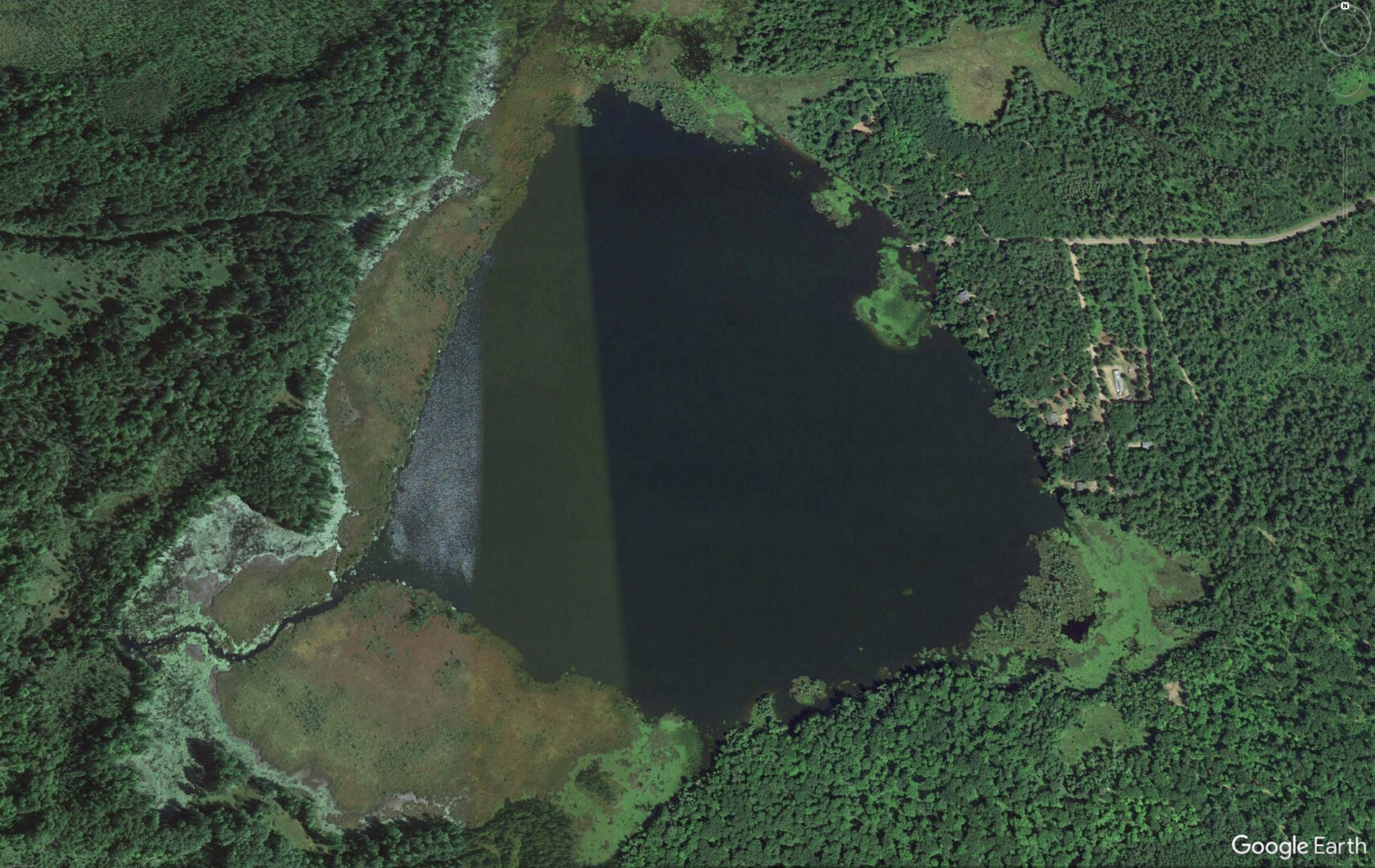
Seldom deeper than 10 to 15 feet, they are bowl shaped and often lack well defined structure. They tend to have silted muddy bottoms, and may feature boggy and heavily submerged wooded shorelines and tannic stained water. In spring, these darker waters warm rapidly and come summertime, these lakes take on the appearance of pea-green soup. This characteristic will be a dead giveaway as you study Google maps.
Largemouth bass can run abundant in these waters, and on fisheries that avoid winter kill events, high average sizes and trophy fish can be expected.
The unique aspects of some eutrophic lakes are the potential for connected marshlands with additional backwater areas. Each of these areas will hold largemouths at any time in spring.
Troubling for my personal fishing interests, many of the best eutrophic lakes that I’ve fished to date are now a mere shadow of their former selves. Our winter kills in 2014 and 2016 wiped out their fisheries. Prior to them, these waters contained 14-to-18-inch average sizes.
Because of their characteristics, always seek out the eutrophic lakes that can avoid winter kill events partially, or altogether. The further south they are located, the less prone or affected they are by them. Eutrophic waters that can survive up to a decade without any kills will produce the biggest bass anywhere in the north. These waters could contain several year-classes of bass, and be home to giants that feed non-stop.
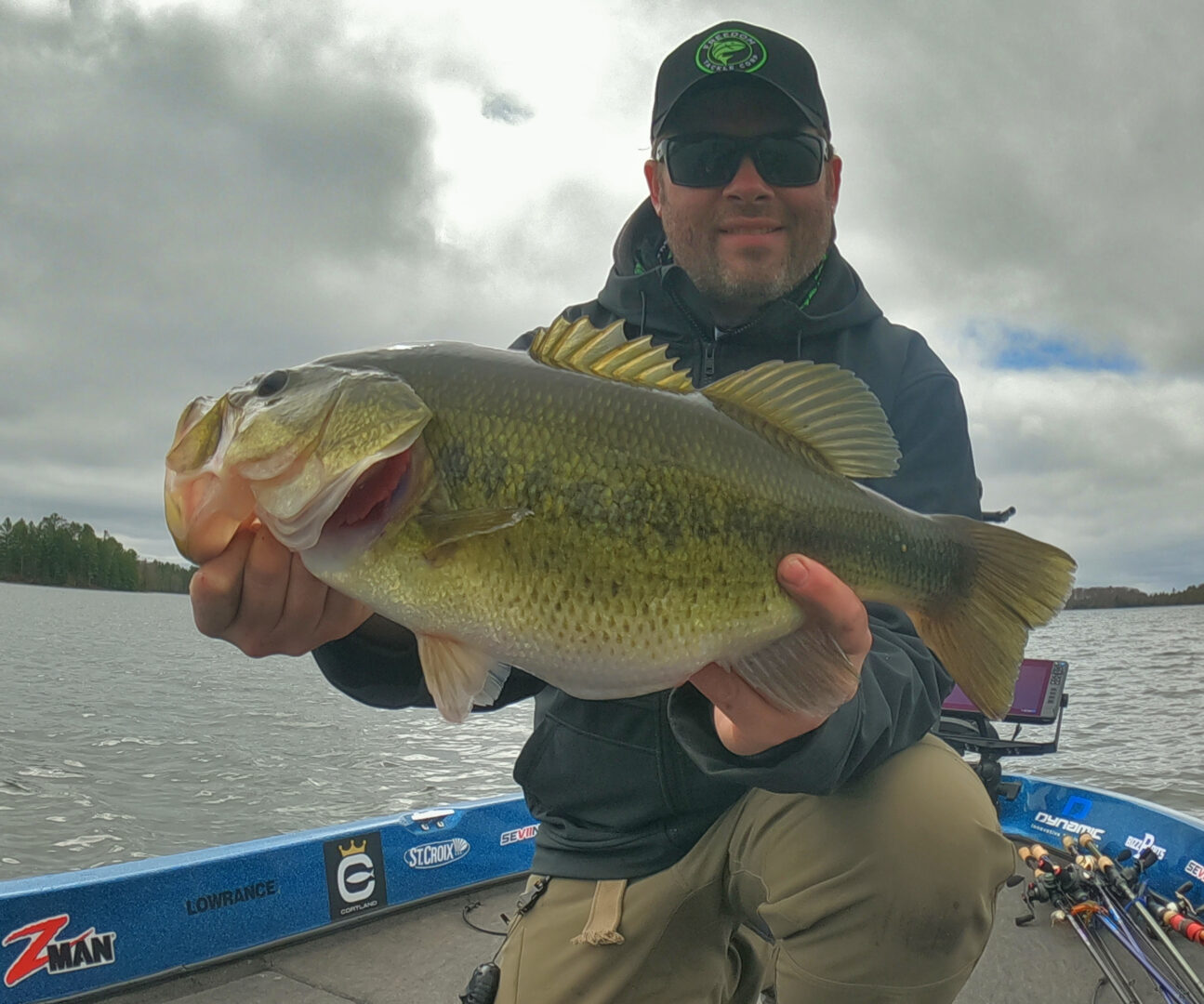
Andrew Ragas splits time between the Chicago area and Wisconsin’s Northwoods. Based in Minocqua, WI, he specializes in trophy bass fishing and offers guided trips from May thru October. While big bass is the passion, he dabbles in multi-species as well. He may be visited online at www.northwoodsbass.com


